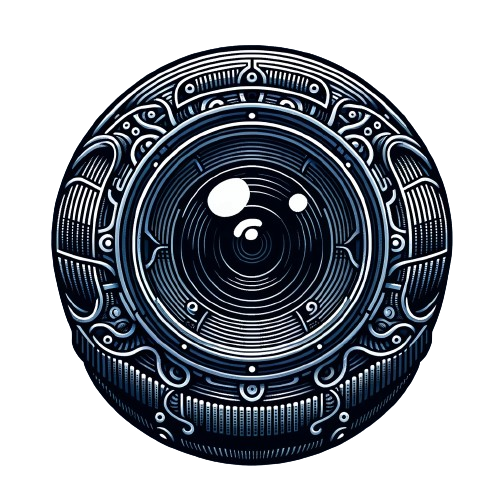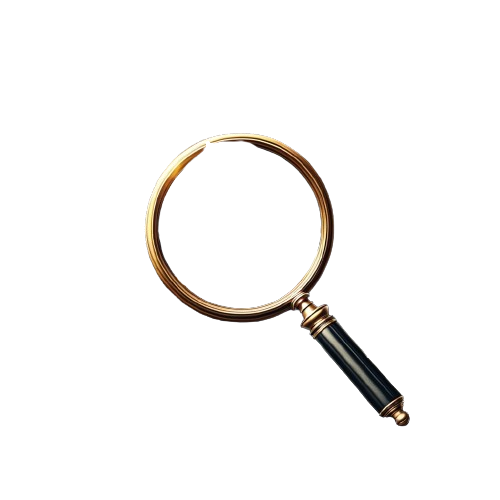oSkope Visual search (Reverse Image Search)
Visual Search (Reverse Image Search) is an innovative online platform designed to transform the way you find information on the internet, allowing users to upload an image to discover similar images, related content, or detailed information about the image’s subject.
How reverse image search works
In the age of digital information, reverse image search stands out as a revolutionary tool, enabling users to search the web using images instead of words. But how exactly does this technology work? At its core, reverse image search is powered by advanced algorithms and artificial intelligence, transforming the way we interact with the vast expanse of the internet.
The Mechanics Behind the Scene
When you upload an image to a reverse image search engine, the technology doesn’t search for the picture itself but looks for patterns, colors, shapes, and textures within the image. This process involves converting the image into a digital fingerprint or hash. This unique fingerprint is then compared against a vast database of indexed images to find matches or similar-looking content.
The Role of Algorithms
The algorithms used in reverse image search are a blend of machine learning and computer vision techniques. These algorithms are designed to understand images in a way that mimics human visual perception, though at a much more rapid and scalable level. They can break down an image into its most fundamental features and search for these features across millions of images within seconds.
Applications and Uses
Reverse image search has a wide array of applications. It’s used to find the origin of an image, track where it has appeared online, or identify objects, places, and people in the picture. For instance, it can help authenticate images, find higher resolution versions, or uncover plagiarized photos. In e-commerce, it allows customers to search for products by simply uploading a photo
The main advantages of reverse image search
Reverse image search stands as a groundbreaking technological advancement that fundamentally changes the way we interact with the vast expanse of the digital world. Unlike traditional text-based searches, this innovative approach allows users to employ images as the search query, harnessing the power of visual data to uncover a wealth of information that might otherwise remain obscured. This shift towards image-centric search paradigms opens up new avenues for accuracy, efficiency, and discovery across the internet. It’s not just about finding similar images; it’s about unlocking a deeper understanding and connection with the content we encounter online. From personal use to professional applications, reverse image search offers an array of benefits that cater to a diverse range of needs and objectives. Here are some of the key advantages that this technology brings to the table:
- Accuracy and Efficiency in Information Retrieval: Leveraging the visual details within an image, reverse image search provides targeted and relevant results quickly, streamlining the search process and enhancing productivity.
- Enhanced Digital Marketing and SEO: Digital marketers gain insights into how and where images are used online, enabling strategic planning for content distribution, link-building opportunities, and SEO optimization.
- Intellectual Property Protection: A vital tool for content creators to monitor and protect their work against unauthorized use, ensuring their rights are safeguarded across the digital landscape.
- Combatting Misinformation: In the fight against fake news, reverse image search is an essential ally, offering a means to verify image authenticity and contribute to more accurate information dissemination.
- Shopping and Product Discovery: Transforming the e-commerce experience, users can search for products, compare prices, and explore new retailers simply by uploading a photo of the desired item.
- Personal and Professional Research: Facilitating in-depth research, reverse image search bridges the gap between visual curiosity and factual information, enriching academic studies and personal inquiries alike.
- Enhancing Educational Tools: An invaluable resource for educators and students, this technology supports interactive learning, enabling visual exploration and verification of information.
As we delve deeper into the digital age, reverse image search emerges as a pivotal tool, enriching our online interactions and offering a multitude of advantages that span across various facets of digital engagement.
How to effectively use reverse image search
To harness the full potential of reverse image search, a tool that allows you to use images to search the web instead of text, it’s crucial to understand its capabilities and learn the best practices for its use. This technology, powered by advanced algorithms and machine learning, can revolutionize the way we find information, verify authenticity, and discover related content. Whether you’re a professional looking to safeguard your digital assets, a student conducting research, or simply curious about the origins of an image, mastering reverse image search can significantly enhance your digital literacy and online efficiency.
Here’s a step-by-step guide to effectively using reverse image search:
Choose the Right Platform

Select High-Quality Images

Use Multiple Images

Refine Your Search

Check Image Details and Metadata

Beware Copyright Issues

By integrating these practices into your use of reverse image search, you’ll unlock a powerful tool for digital exploration and information verification. This technology not only makes it easier to find what you’re looking for but also offers a new way to experience the web, turning visual cues into gateways for knowledge and discovery.
